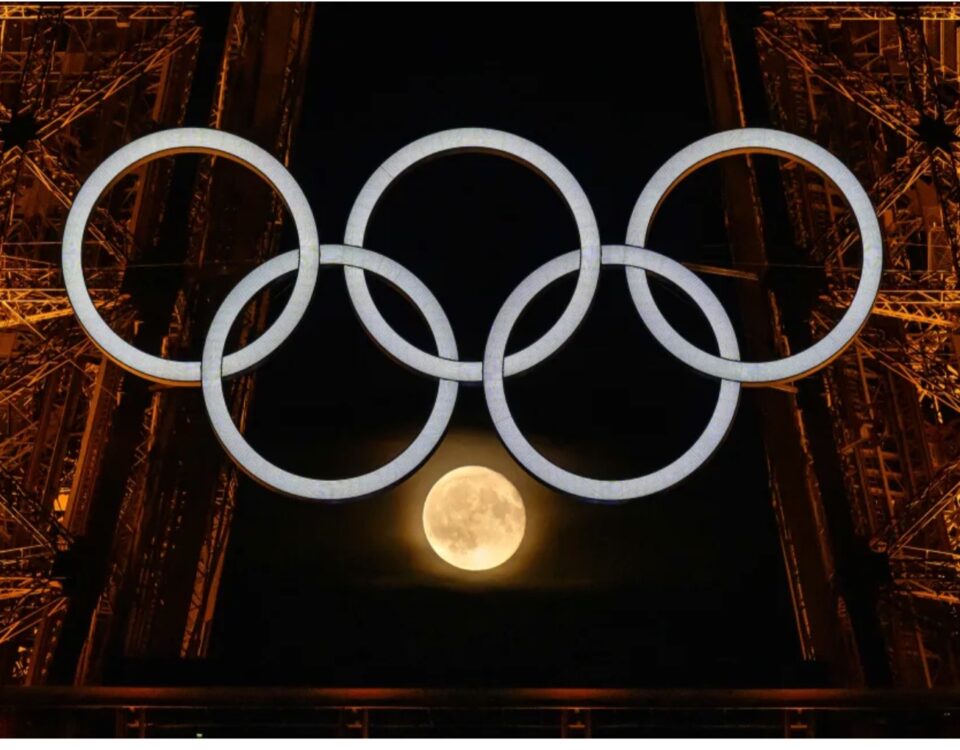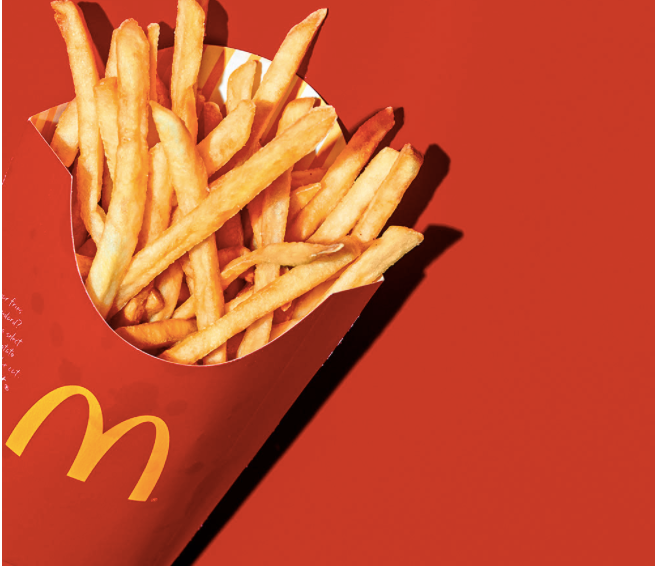
What Chipotle Says About Its Avocados
April 29, 2019
Where It Costs the Most and Least to Live
May 1, 2019At Sunday’s London marathon, runners received bitesize squishy seaweed pods. A plastic bottle substitute, the pouches could be popped into your mouth or sipped for a mouthful of water. Whether consumed or discarded, they add nothing to the waste we accumulate.
Do take this fast look at London Marathon runners drinking their pouches:
As a recent addition to the sustainability world, the idea went viral. When we hear green, many of us express a willingness to buy the item. And yes, a McKinsey survey tells us that we want to be green.
But…
We really won’t pay that much for it.
What We’ll Pay For Green
One thousand participants in a McKinsey survey said they would pay more for a green product. However, if more meant an extra 25%, except for packaging, 90% said no.
For products that range from electronics to furniture, most of us will pay a 5% and even a 10% premium. However, as price rises, that willingness evaporates: 
Confirming the 2012 McKinsey report, this more recent survey seems to say that we have not changed very much since then:
And, through an anecdotal lens, WSJ sees resistance to buying a $140 nylon (not polyester) men’s bathing suit. Surely recognizing potential consumer resistance to price hikes, another clothing retailer is absorbing the extra 10% to 15% cost of making its plastic free anoraks and sneakers rather than passing along the expense.
Our Bottom Line: Law of Demand
As economists we could just say that the law of demand still exists. When price rises, our willingness and ability to buy an item diminishes. Here, though, we should add that it relates to our elasticity. Defined as the extent to which quantity responds to a price change, our price elasticity for green products depends somewhat on our generation.
Caring less about paying more, millennials (expect to) have the most inelastic demand for eco-friendly products:
My sources and more: Thanks to the Outside/In podcast for alerting me to no waste fashion. Although I wound up not writing about it for now, it took me to a slew of articles on sustainability. The Washington Post had more about sustainable water pods while WSJ had the fashion facts. Then, to see the gargantuan amount of plastic waste we create, this study is ideal. Finally, for the facts on what we will pay for green, Bloomberg and this older Mckinsey report were ideal complements.
Our featured image is from the (above) video.
![econlifelogotrademarkedwebsitelogo[1]](/wp-content/uploads/2024/05/econlifelogotrademarkedwebsitelogo1.png#100878)






